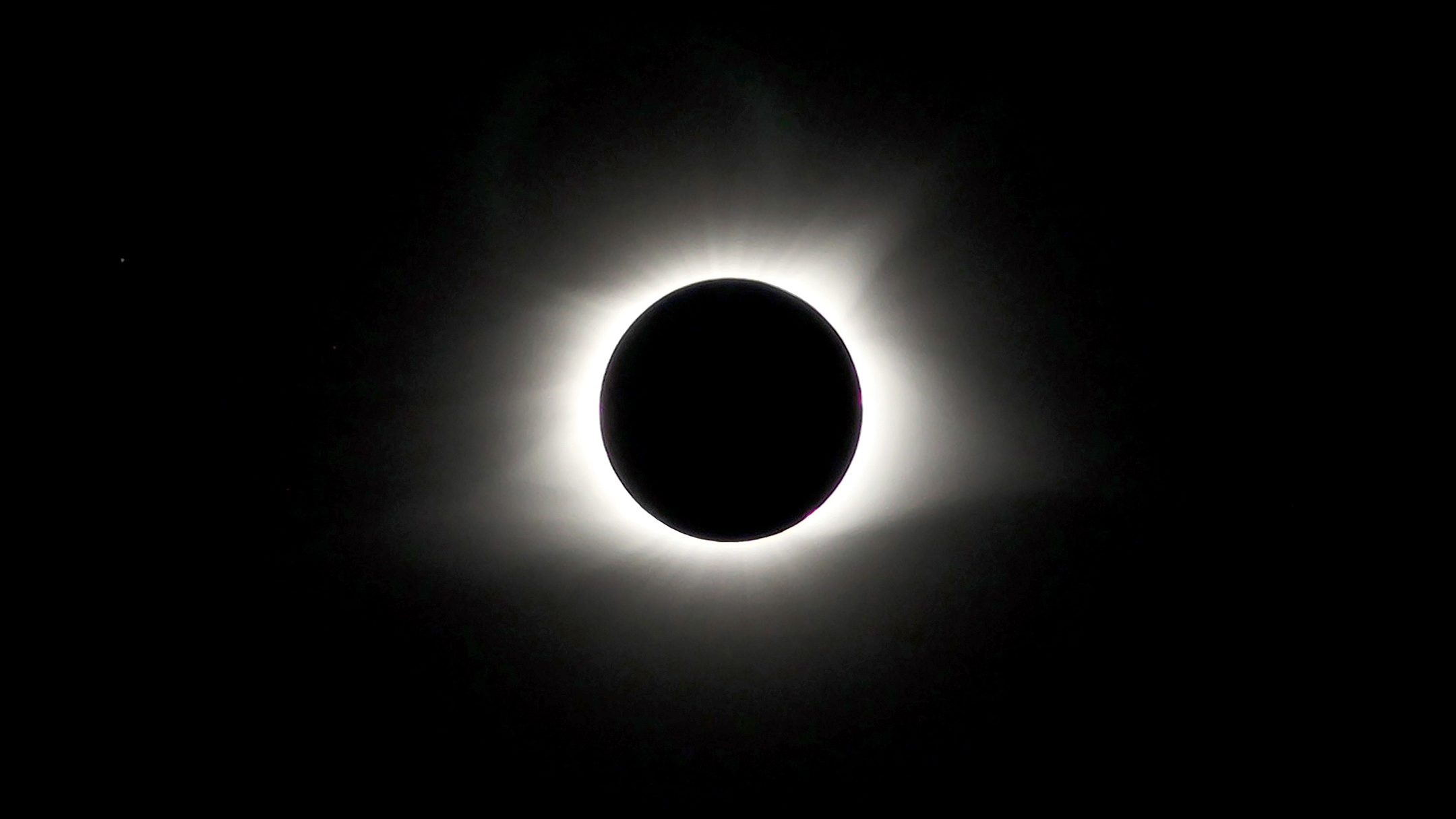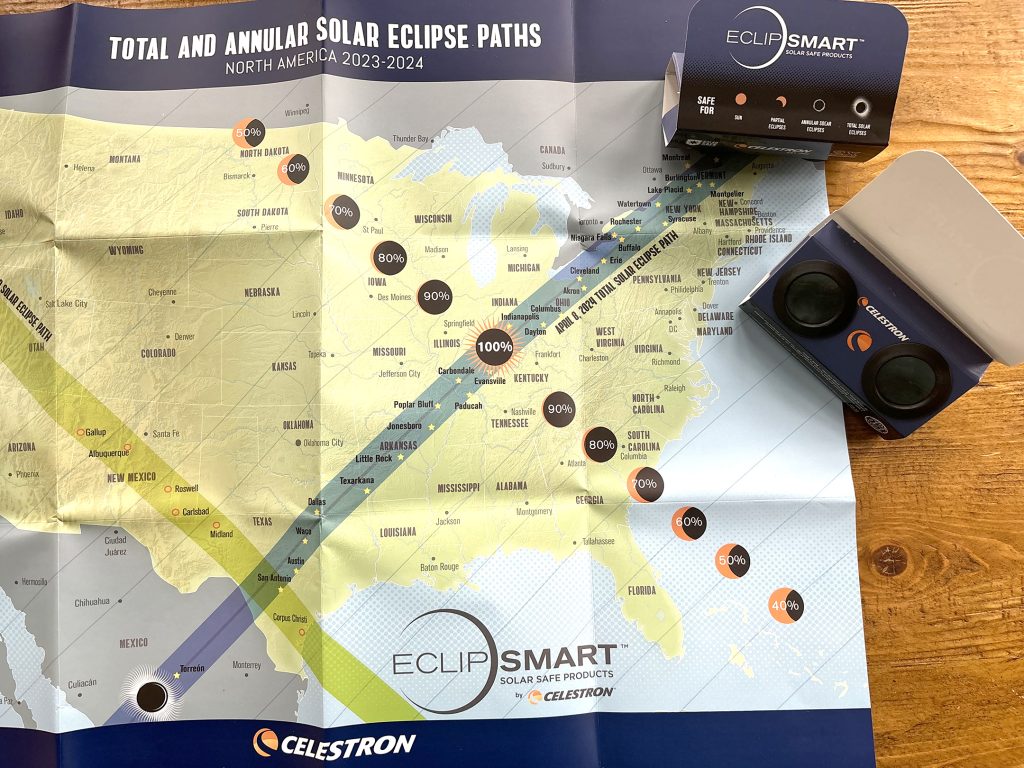
By Mark Bravaco
RED BANK – If you are outside Monday afternoon, don’t panic. It may seem like an apocalyptic event is occurring, but it’s really just a unique natural phenomenon we are actually lucky to experience.
On Monday, April 8, the moon will pass between the Earth and the sun and cast an enormous shadow over parts of Mexico, the United States and Canada. The Two River area will catch part of this solar eclipse, causing the sky to darken in the middle of the day.
The April 8 solar eclipse will be quite special for several reasons, not least of which is that, according to scientific data, it will be the last solar eclipse to hit the United States until 2044 (a solar eclipse will touch parts of Alaska in 2033).

Another reason this month’s eclipse is special is that it will pass directly over several major American cities, including Dallas, Indianapolis and Buffalo. In these cities and the path that connects them, the solar eclipse will reach totality, meaning the moon will completely cover the sun. This will cause the sky to darken to such an extent that onlookers will be able to see stars and planets in the middle of the day, according to National Geographic.
While not at 100% magnitude in New Jersey, Monday’s solar eclipse will still be visible from the Two River area. The eclipse will start at approximately 2:10 p.m. and run until about 4:30 p.m. At its climax at 3:24 p.m., the moon will cover approximately 90% of the sun’s diameter, darkening the sky and causing temperatures to dip. The next two solar eclipses – in 2044 and 2045 – will not have as high a magnitude as this one and will, therefore, be far less impressive as seen from the Garden State.
Those who wish to observe the eclipse anywhere should remember that it is dangerous to look directly at the sun with the naked eye. After only a few seconds, permanent eye damage, including blindness, can result. For this reason, scientists recommend the use of approved eye protection intended for solar eclipse viewing – sunglasses are not enough – or an indirect viewing mechanism, such as a pinhole camera that projects the image on another surface.
Be safe and enjoy the eclipse!
The article originally appeared in the April 4 – April 10, 2024 print edition of The Two River Times.














